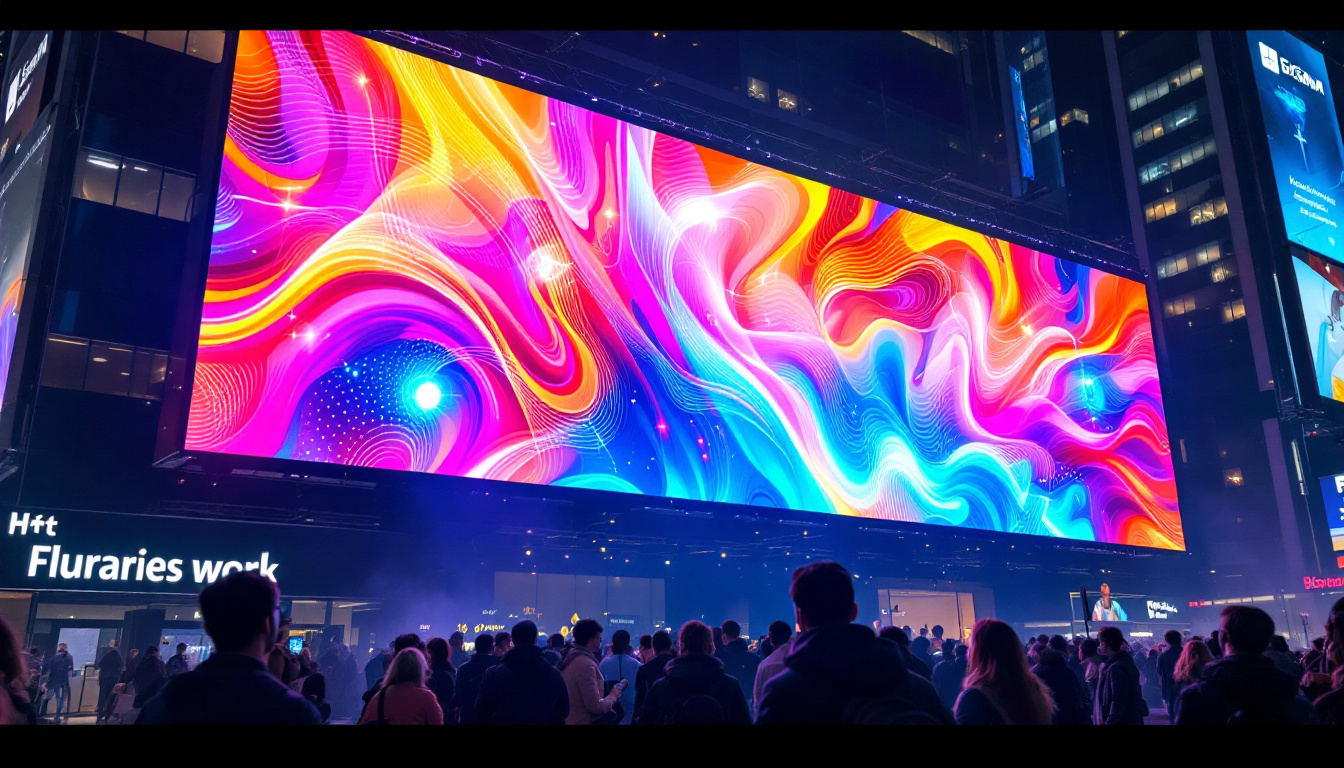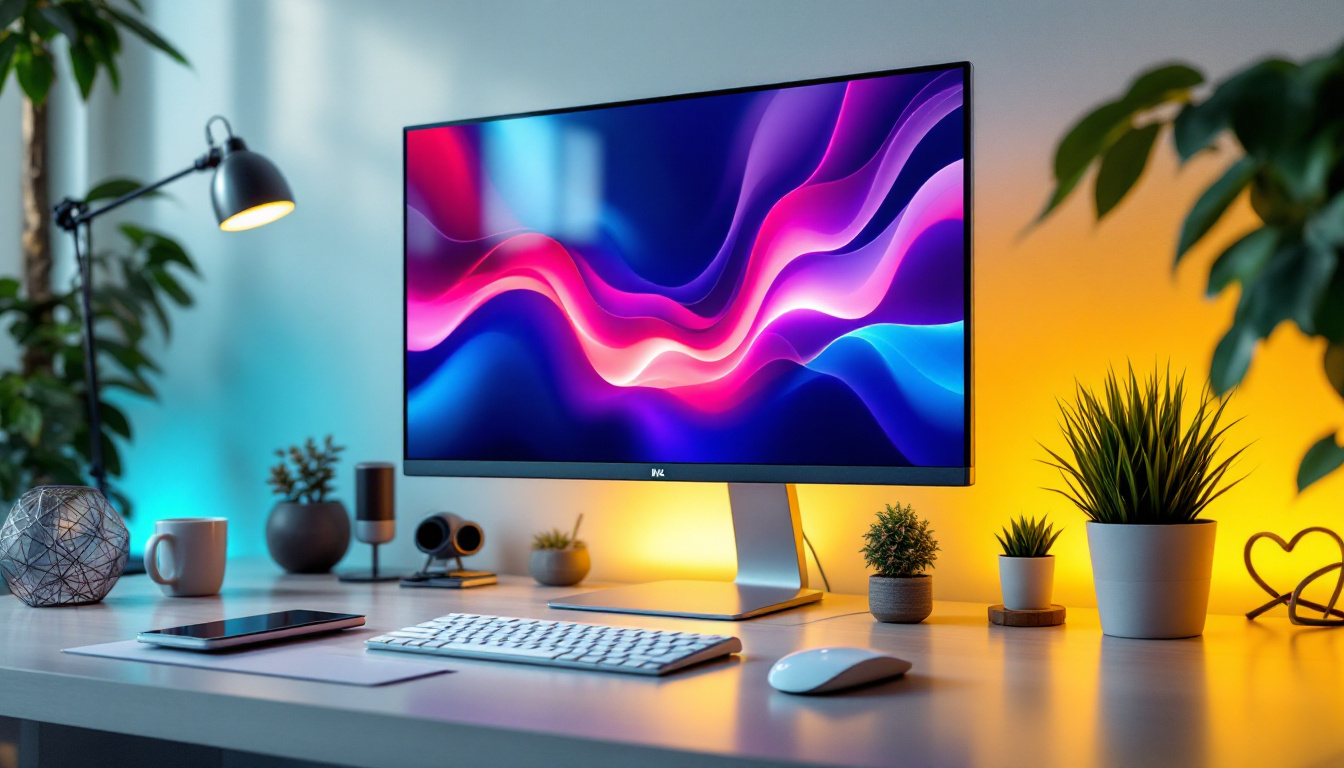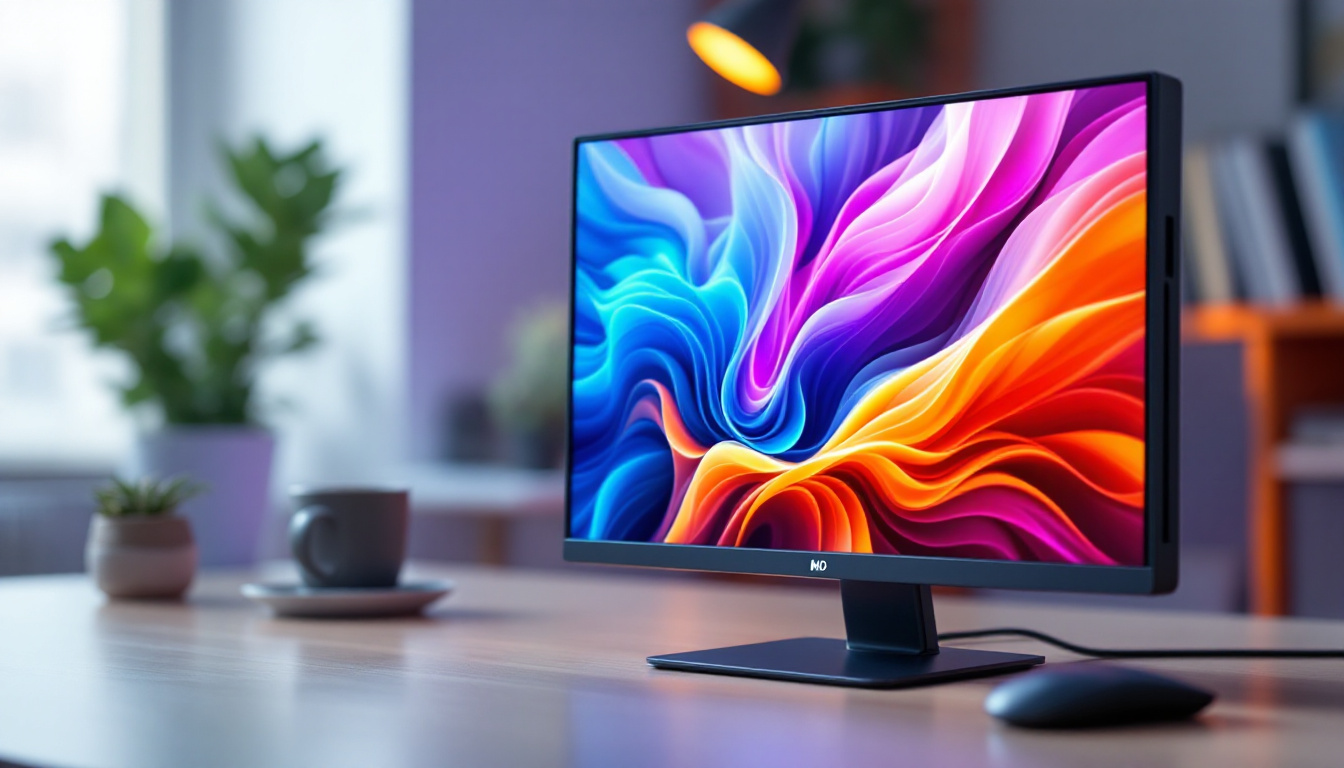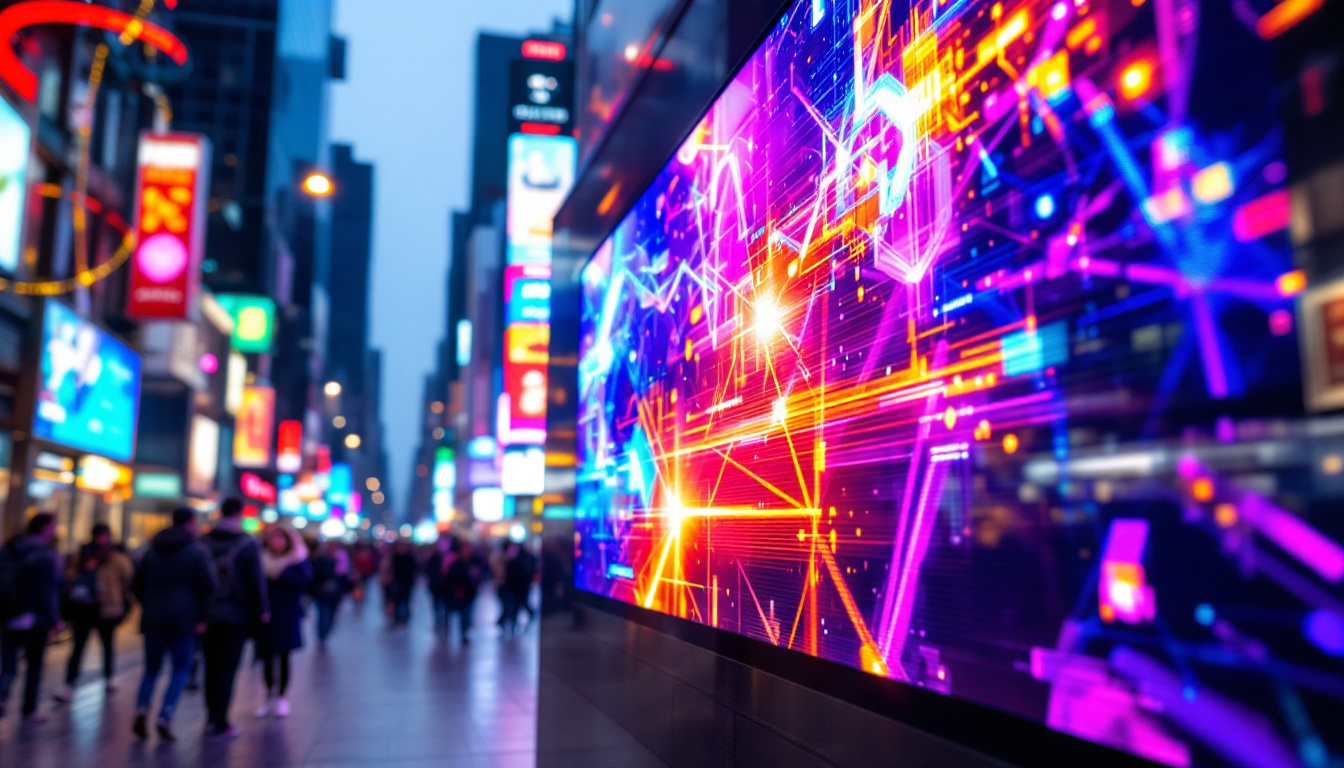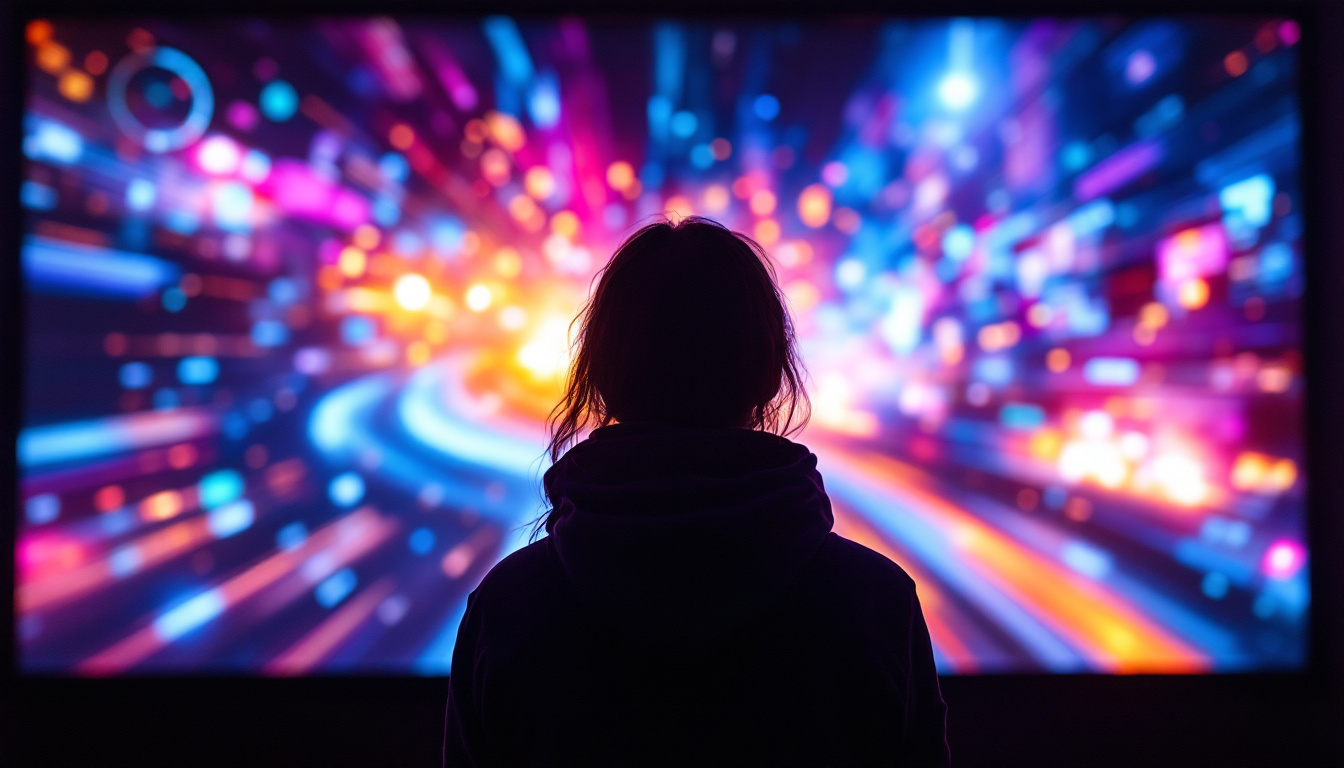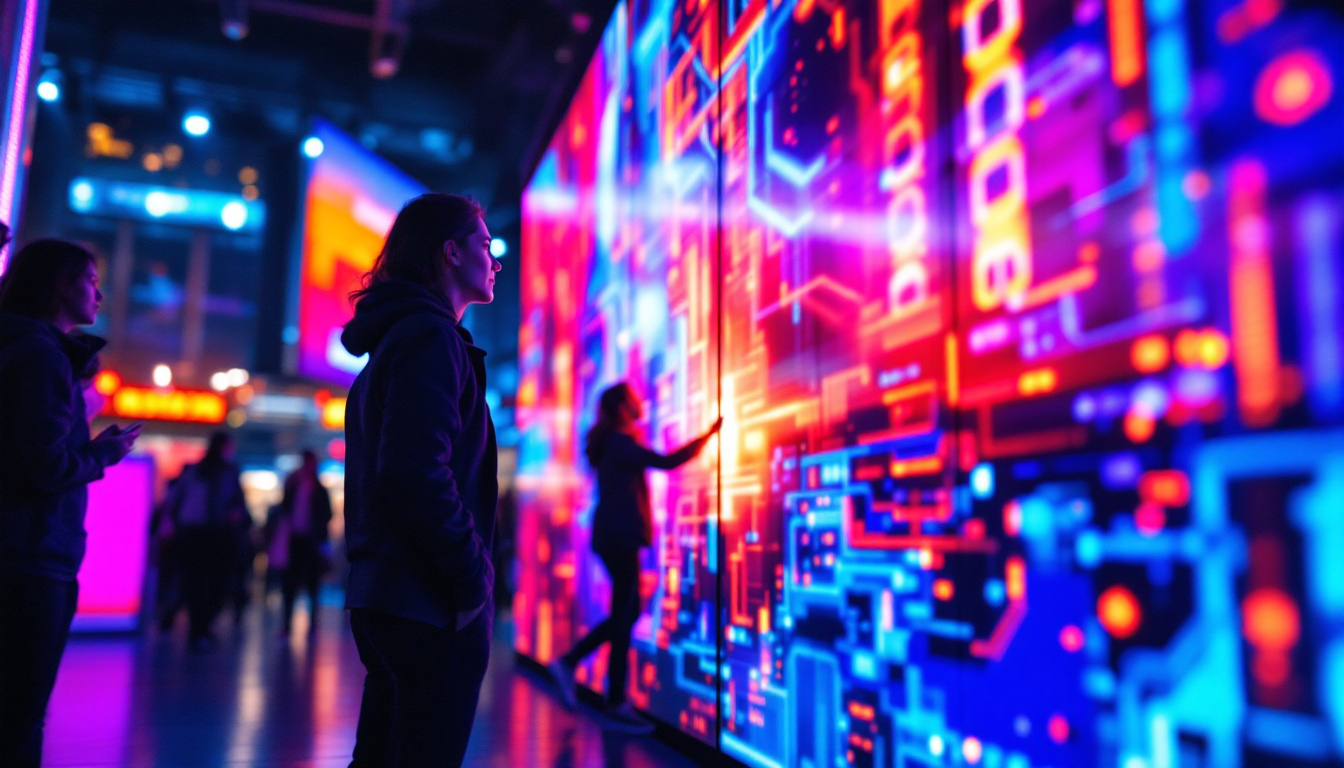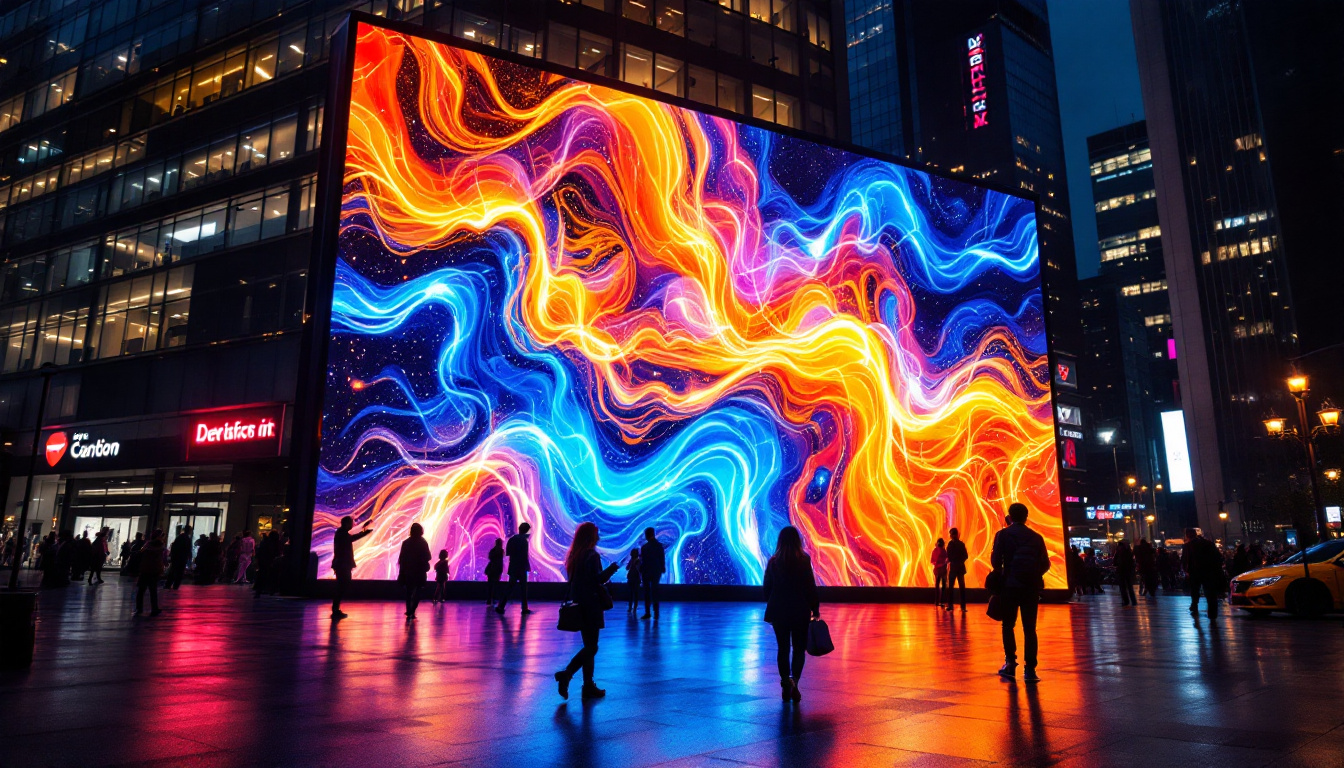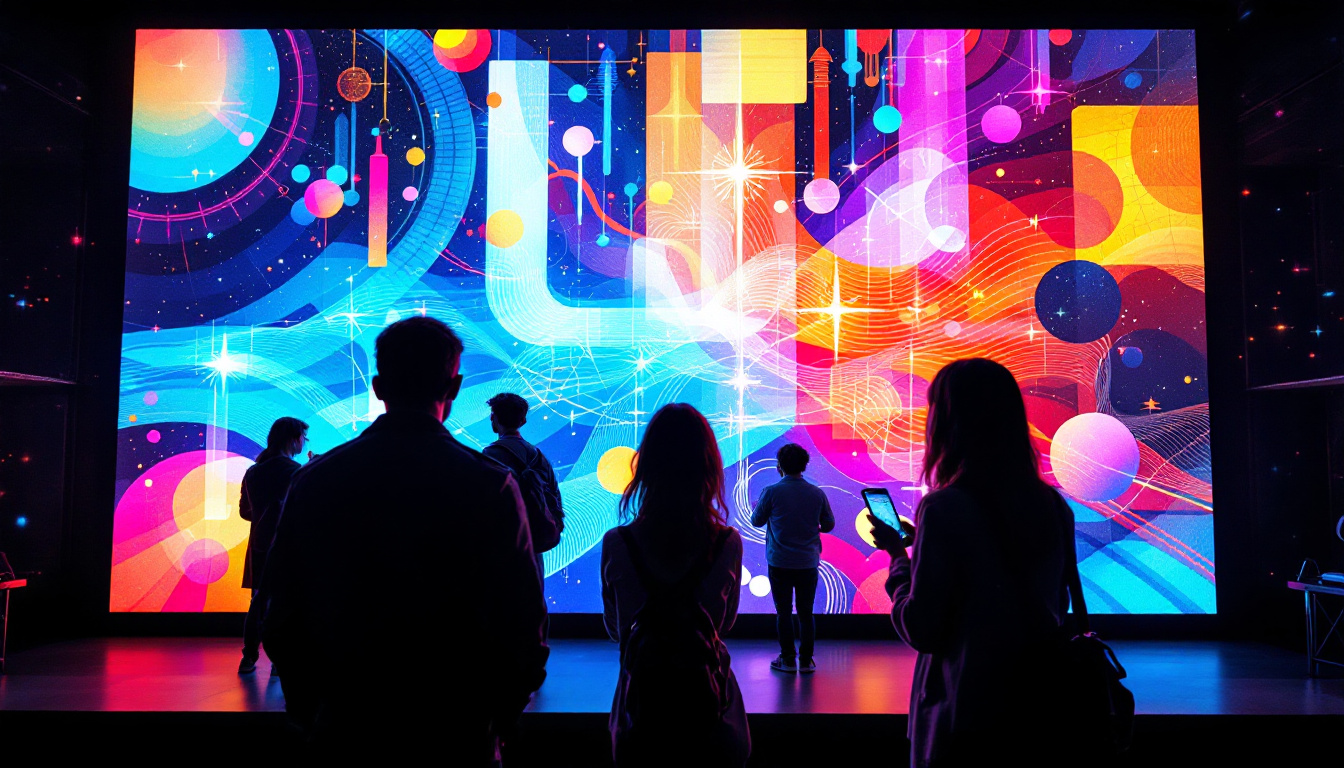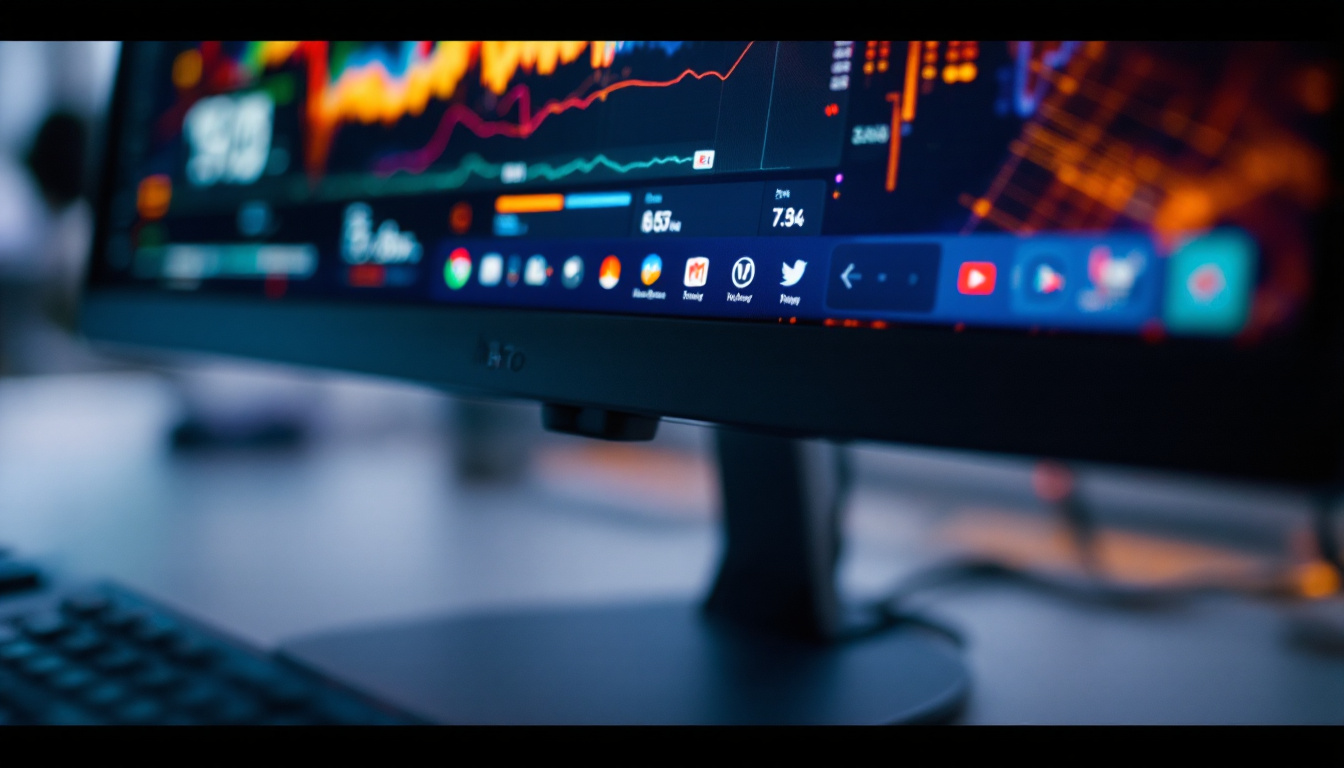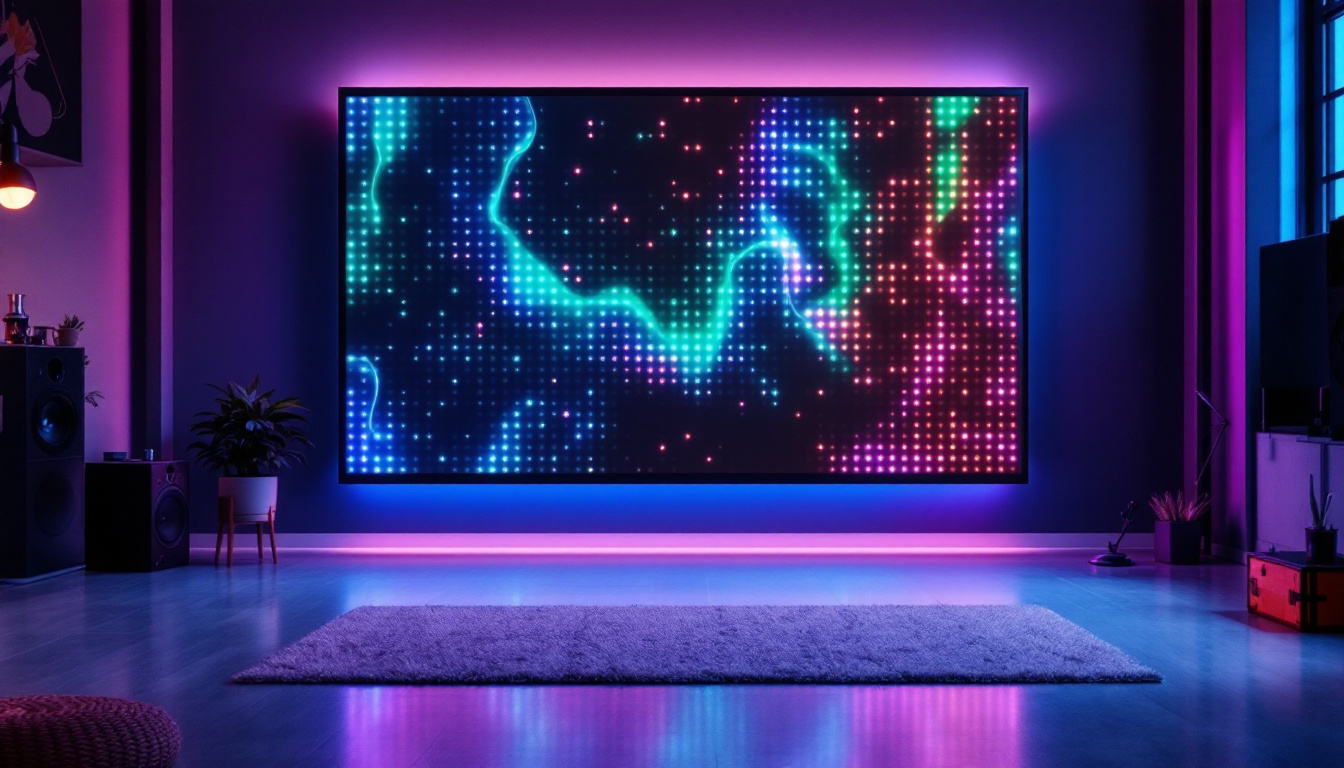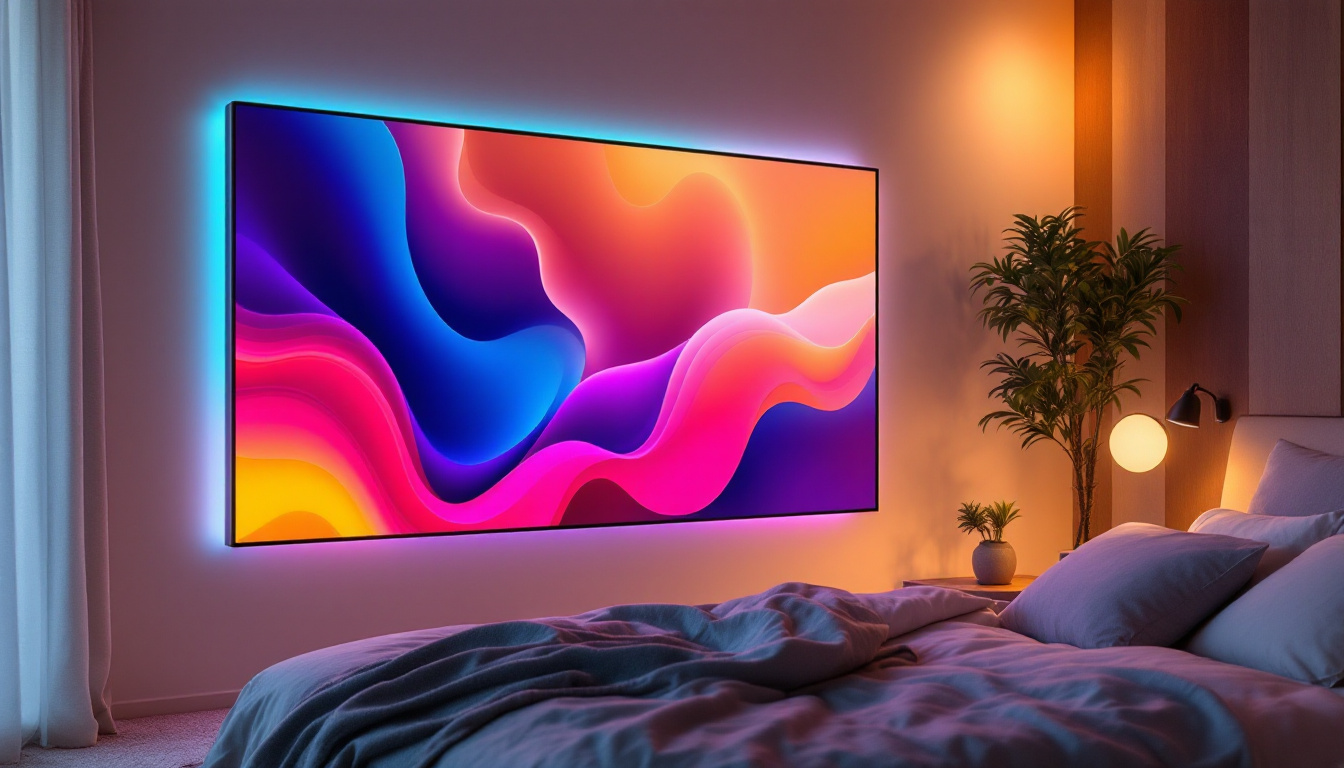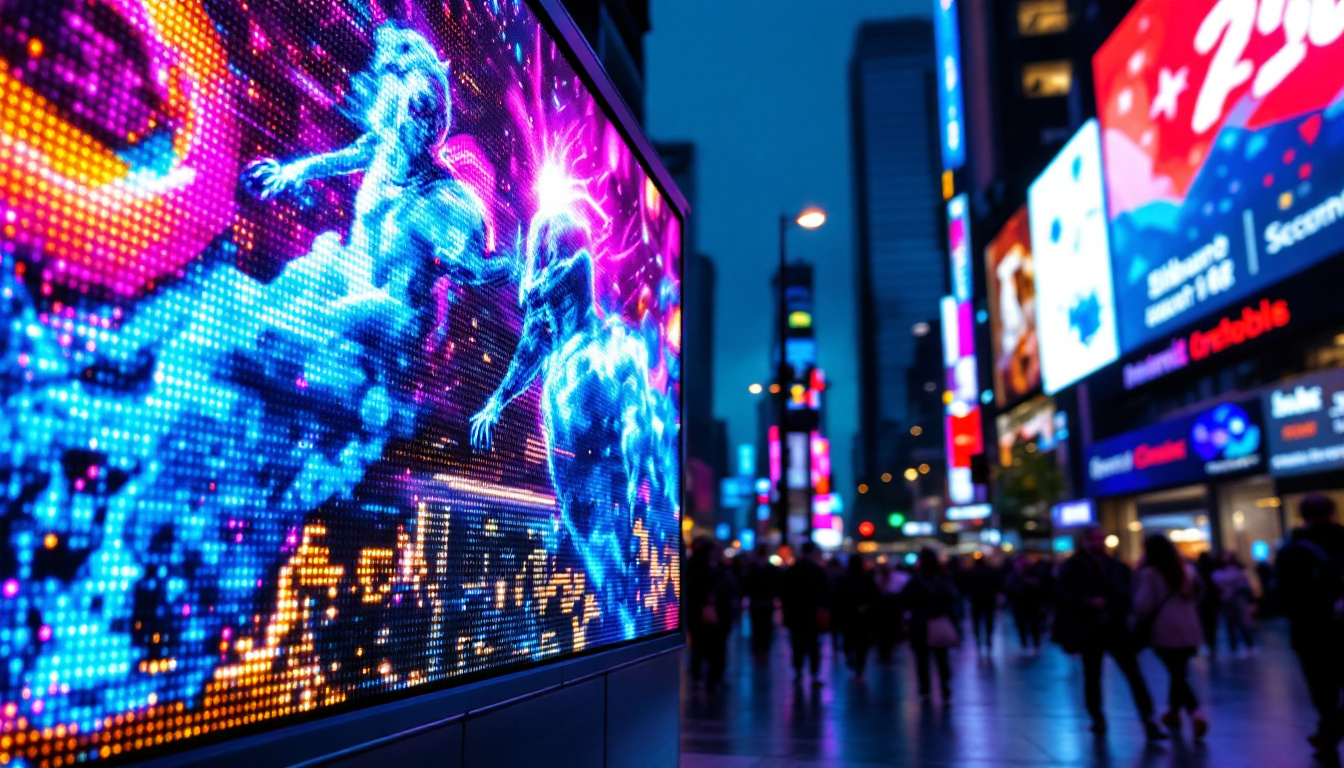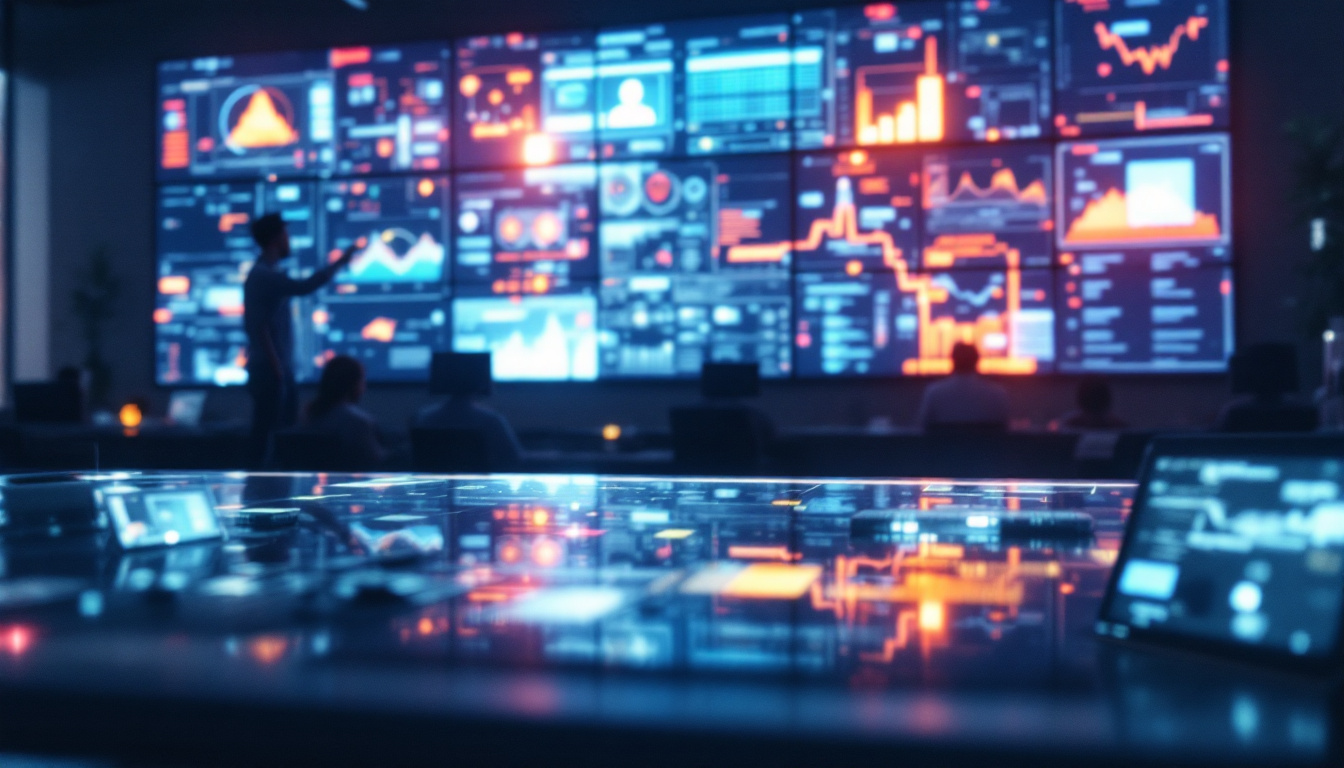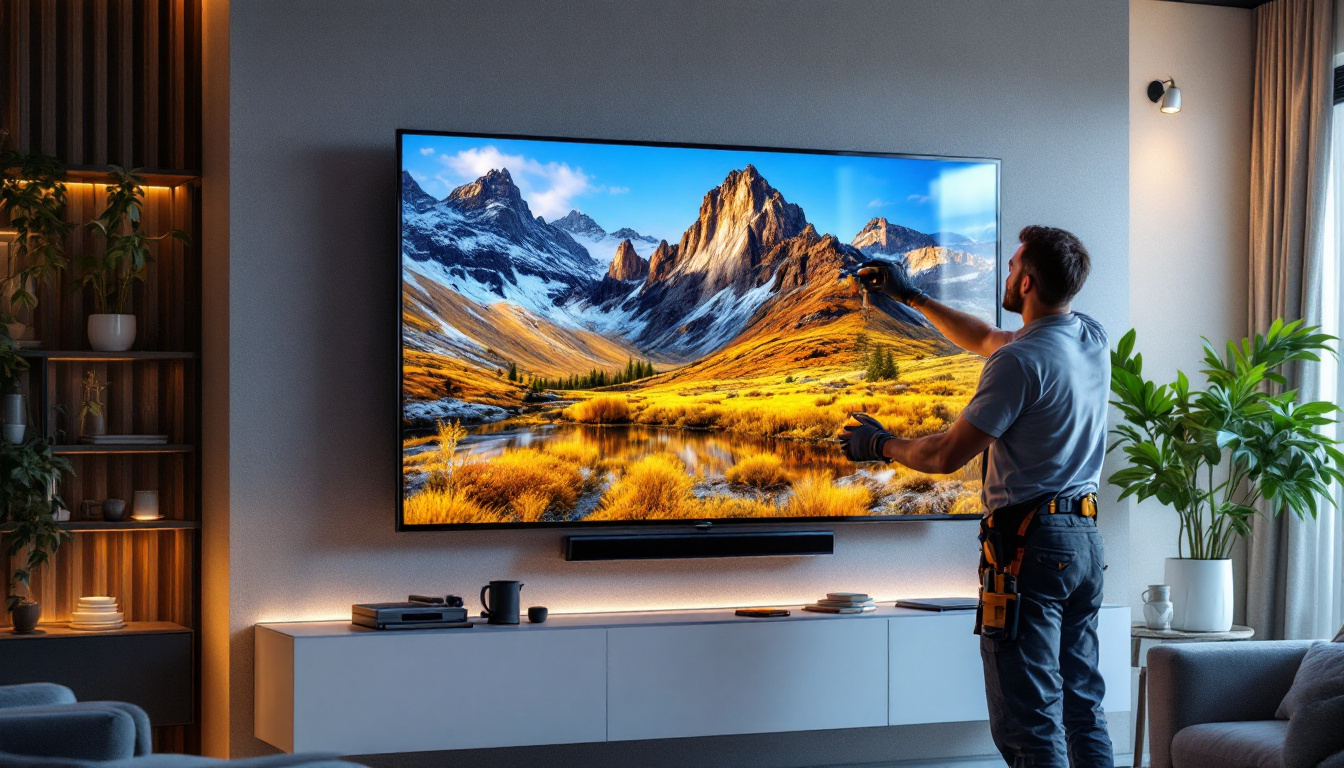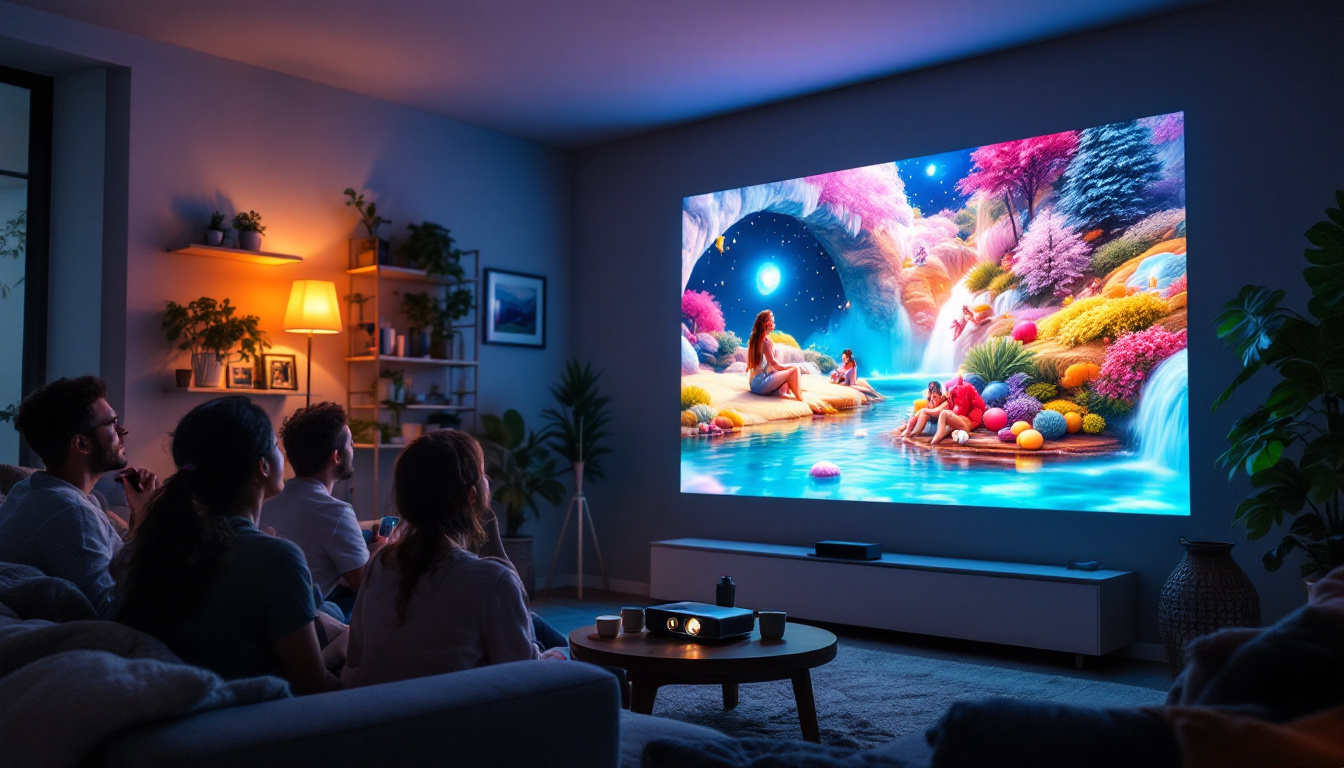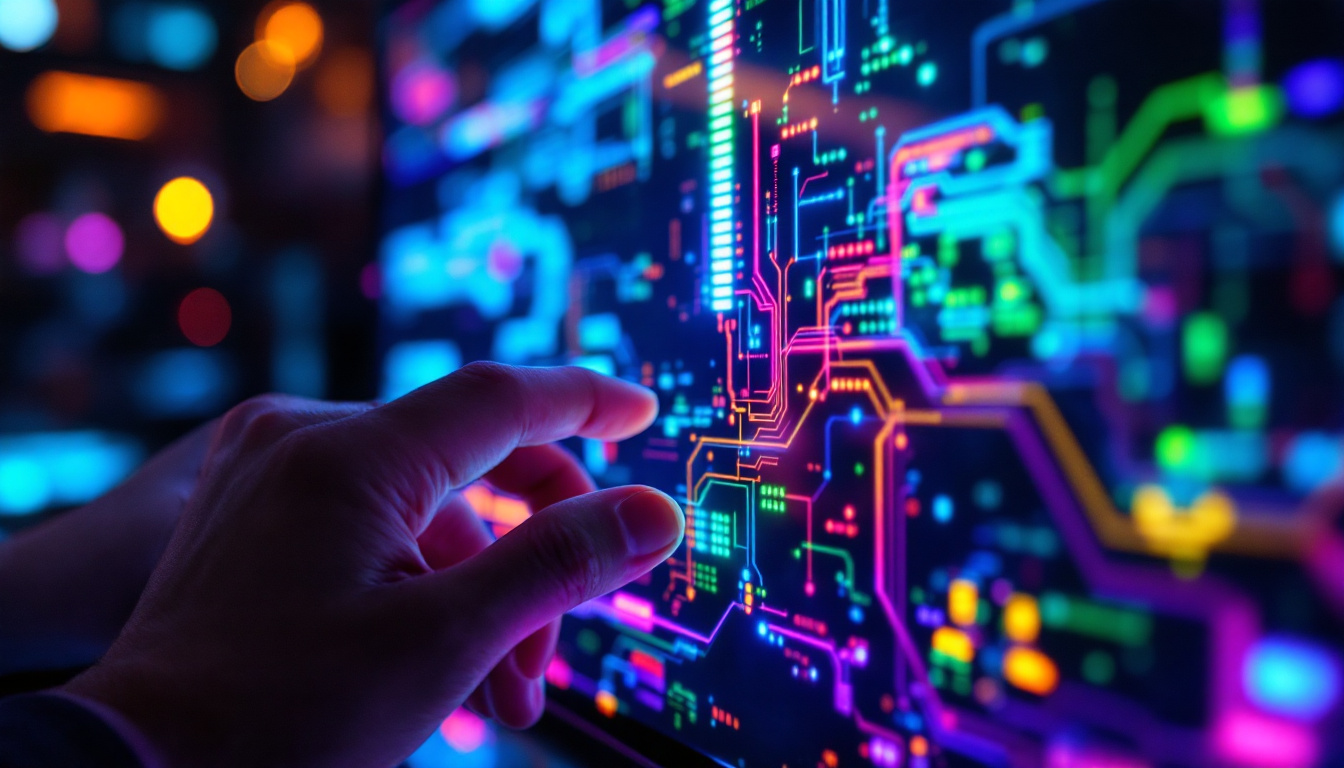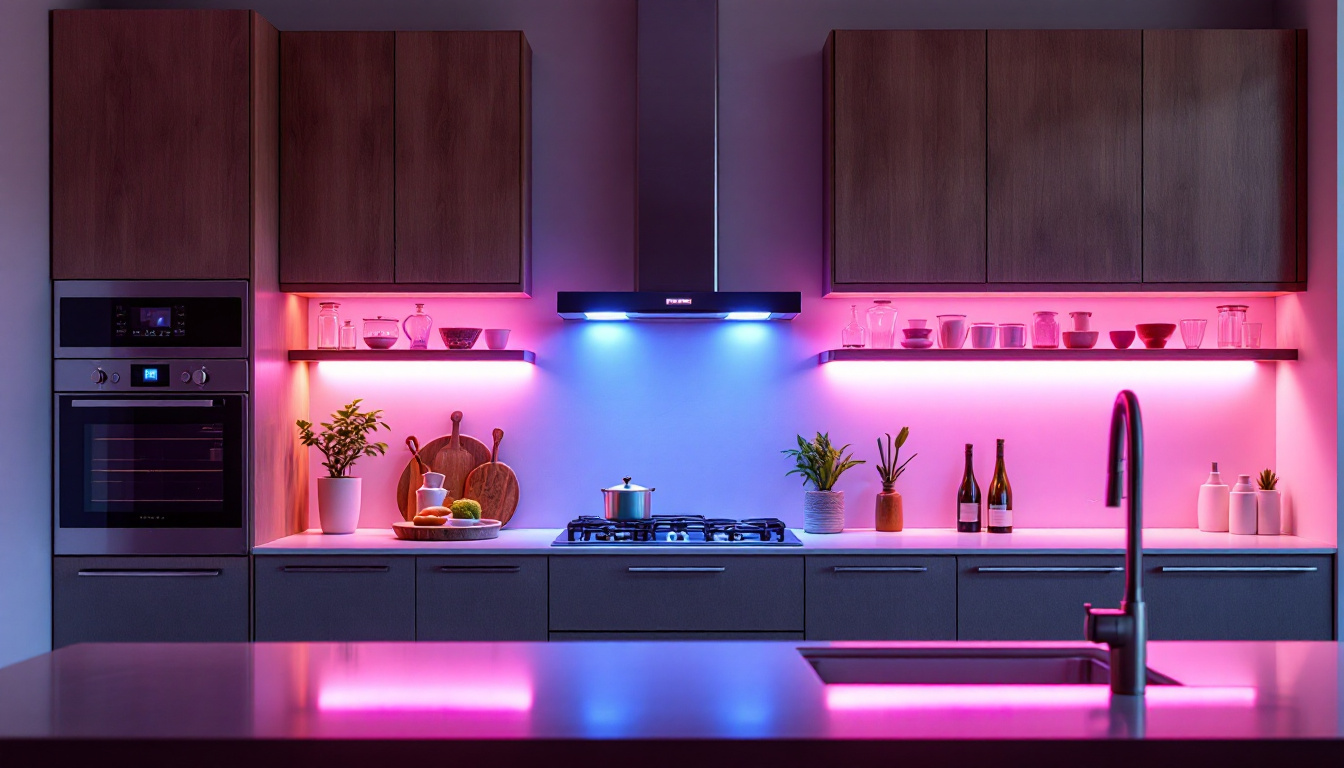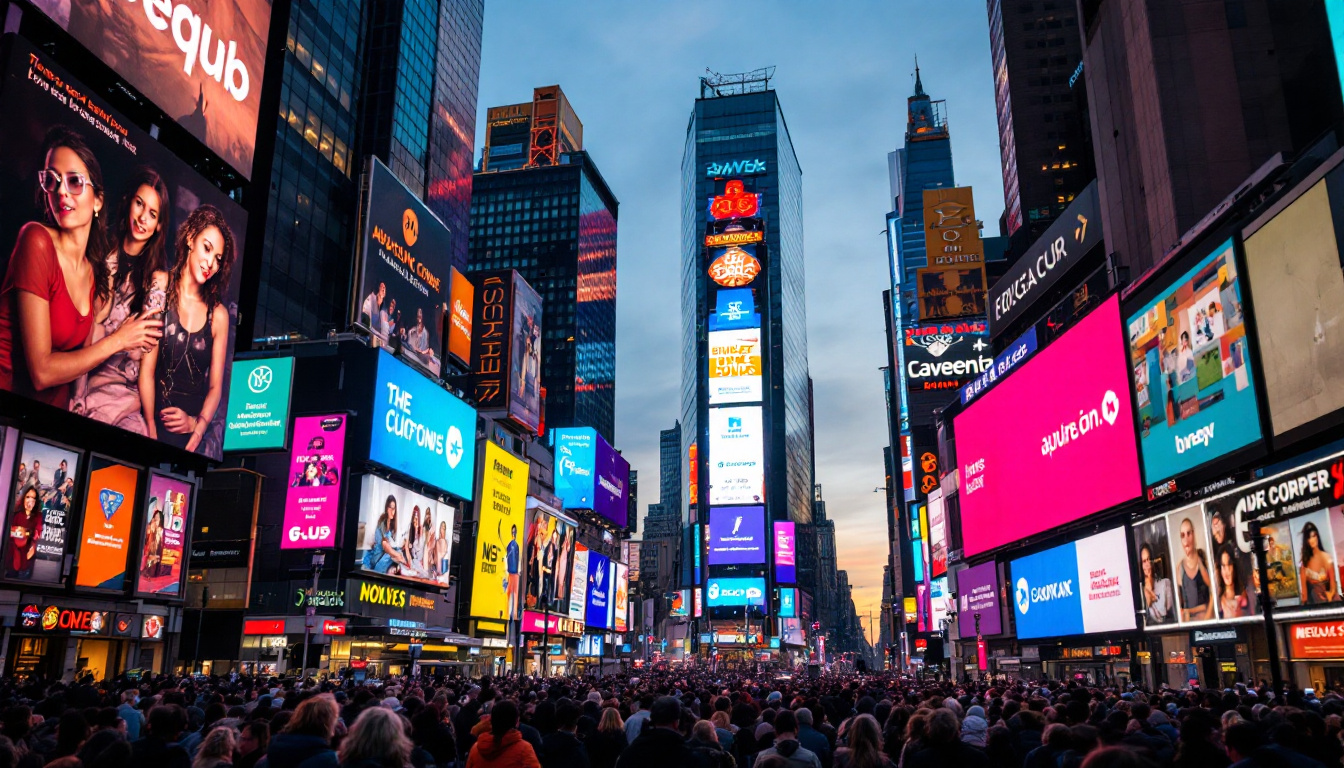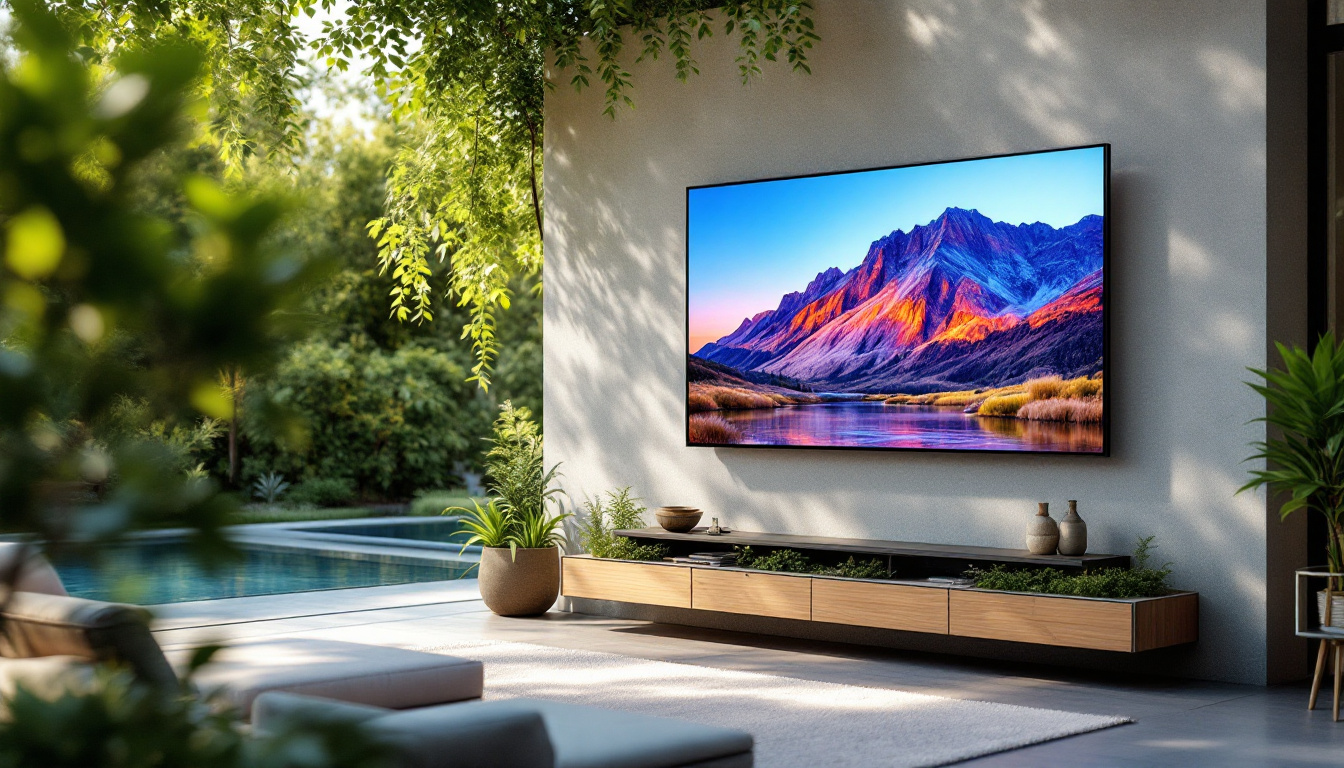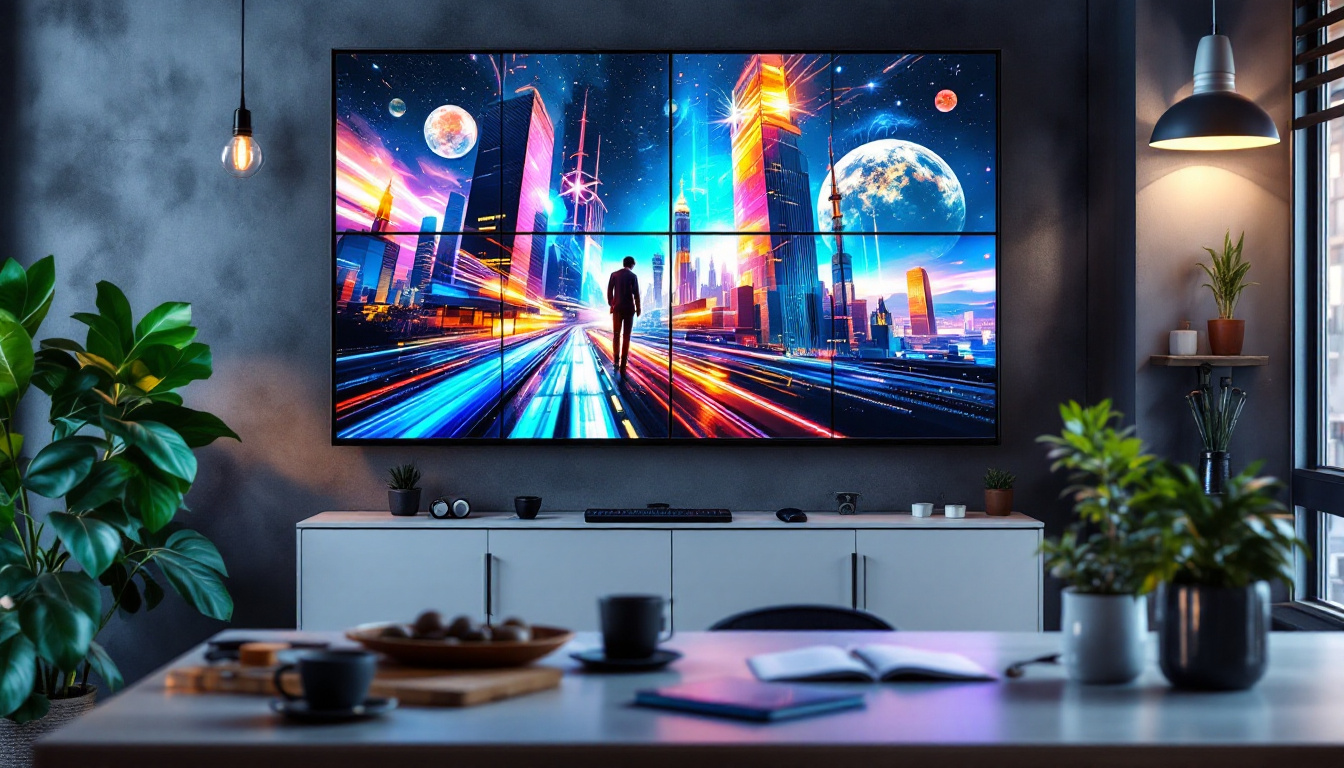In today’s digital age, the importance of high-quality displays cannot be overstated. Commercial monitors, particularly those utilizing LED technology, have become essential tools for businesses across various industries. This article delves into the intricacies of LED displays, exploring their functionalities, advantages, and applications in commercial settings.
Understanding LED Technology
LED, or Light Emitting Diode, technology has revolutionized the way displays are manufactured and utilized. Unlike traditional LCD screens that rely on backlighting, LED displays use tiny diodes to emit light directly, resulting in brighter and more vibrant images. This innovation has not only enhanced the visual experience for consumers but has also paved the way for more energy-efficient solutions in various industries.
How LED Displays Work
LED displays function by utilizing a matrix of tiny diodes that can be turned on or off to create images. Each pixel consists of red, green, and blue diodes, which combine to produce a full spectrum of colors. This pixel-based technology allows for superior image quality, with improved contrast ratios and color accuracy compared to older display technologies. The ability to control each pixel independently also means that LED displays can produce deeper blacks and brighter whites, enhancing the overall viewing experience.
Furthermore, the use of LED technology enables displays to be thinner and lighter, making them easier to install and transport. This is particularly beneficial for commercial applications where space and mobility are often considerations. In addition, the durability of LED displays means they can withstand harsher environments, making them suitable for both indoor and outdoor use. Their longevity contributes to lower maintenance costs over time, as they typically have a lifespan of over 50,000 hours, significantly outlasting traditional display technologies.
Types of LED Displays
There are several types of LED displays, each designed for specific applications. The most common types include:
- Direct View LED: These displays are made up of individual LED modules that can be combined to create large screens. They are often used for outdoor advertising and large venues.
- LED-backlit LCD: This technology combines traditional LCD screens with LED backlighting, offering improved brightness and energy efficiency. This hybrid approach allows for thinner screens while still benefiting from the color accuracy of LCD technology.
- Organic LED (OLED): OLED displays use organic compounds to emit light, providing exceptional color accuracy and contrast. They are typically used in high-end applications. The flexibility of OLED technology also allows for innovative designs, such as curved and foldable screens, which are becoming increasingly popular in consumer electronics.
In addition to these common types, there are also specialized LED displays designed for niche markets. For instance, transparent LED displays are gaining traction in retail environments, allowing for eye-catching advertising while maintaining visibility through the screen. Similarly, flexible LED displays are being explored for use in wearable technology and unique architectural designs, showcasing the versatility and potential of LED technology in various fields.
Advantages of LED Displays in Commercial Settings
LED displays offer numerous advantages that make them an ideal choice for commercial use. Their benefits extend beyond mere aesthetics, impacting functionality, cost-effectiveness, and user experience.
Energy Efficiency
One of the most significant advantages of LED displays is their energy efficiency. LED technology consumes less power compared to traditional display technologies, resulting in lower electricity bills for businesses. This is particularly important for companies that operate large screens or multiple displays simultaneously.
Moreover, the reduced energy consumption contributes to a smaller carbon footprint, aligning with the growing trend towards sustainability in business practices.
Longevity and Durability
LED displays are designed to last longer than traditional monitors. With a lifespan of up to 100,000 hours, they reduce the need for frequent replacements, leading to lower maintenance costs. This durability is particularly beneficial in commercial environments where displays are subject to heavy usage.
Additionally, LED technology is more resistant to shock and vibration, making it suitable for various settings, including retail stores, airports, and outdoor venues.
Superior Image Quality
LED displays are known for their exceptional image quality. They offer higher brightness levels, better contrast ratios, and more vibrant colors compared to traditional displays. This results in clearer and more engaging visuals, which can enhance customer experiences in retail environments and improve presentations in corporate settings.
The ability to display high-definition content also makes LED monitors ideal for video walls, digital signage, and interactive displays, allowing businesses to communicate their messages effectively.
Applications of LED Displays in Commercial Environments
The versatility of LED displays allows them to be utilized in a wide range of commercial applications. From retail to corporate environments, these displays serve various purposes that enhance business operations and customer engagement.
Retail and Advertising
In the retail sector, LED displays are used for advertising products, promotions, and brand messaging. Their bright and eye-catching visuals attract customers’ attention, making them effective tools for driving sales.
digital signage powered by LED technology allows retailers to change content dynamically, ensuring that promotions are timely and relevant. This adaptability can lead to increased foot traffic and improved customer engagement.
Corporate Presentations and Meetings
In corporate environments, LED displays are essential for presentations, meetings, and training sessions. Their superior image quality ensures that all participants can see the content clearly, regardless of their position in the room.
Moreover, many LED displays support multiple input sources, allowing for seamless transitions between presentations, videos, and live feeds. This versatility enhances the overall effectiveness of corporate communications.
Events and Entertainment
LED displays play a crucial role in the events and entertainment industry. From concerts to conferences, large LED screens are used to display visuals, videos, and live feeds, creating an immersive experience for attendees.
Additionally, the ability to create custom shapes and sizes with LED modules allows for unique and creative display setups, enhancing the overall aesthetic of events.
Choosing the Right LED Display for Your Business
When selecting an LED display for commercial use, several factors should be considered to ensure that the chosen monitor meets the specific needs of the business.
Screen Size and Resolution
The size and resolution of the LED display are critical factors that can impact visibility and user experience. Larger screens are ideal for high-traffic areas where visibility from a distance is essential. Conversely, smaller screens may suffice for intimate settings or specific applications.
Resolution also plays a significant role in image quality. Higher resolutions, such as 4K, provide sharper images and finer details, making them suitable for applications where clarity is paramount.
Brightness and Viewing Angles
Brightness is another essential consideration, especially for displays used in outdoor settings or brightly lit environments. LED displays come with varying brightness levels, measured in nits. A higher brightness level ensures that the content remains visible even in direct sunlight.
Additionally, wide viewing angles are vital for ensuring that the display can be seen clearly from various positions. This is particularly important in settings like retail stores and conference rooms where multiple viewers may be present.
Installation and Maintenance
Installation requirements can vary based on the type of LED display chosen. Some displays are designed for easy installation, while others may require professional setup. Understanding the installation process is crucial to avoid unexpected costs or complications.
Maintenance is also a key consideration. Although LED displays are generally low-maintenance, businesses should be aware of any specific care requirements to ensure longevity and optimal performance.
The Future of LED Displays in Commercial Use
As technology continues to evolve, the future of LED displays in commercial environments looks promising. Innovations in display technology are paving the way for even more advanced features and capabilities.
Integration with Smart Technology
One of the most exciting developments in LED display technology is the integration with smart technology. Businesses are increasingly adopting smart displays that can connect to the internet, allowing for real-time updates and remote management.
This capability enables businesses to change content on the fly, analyze viewer engagement, and optimize advertising strategies based on data-driven insights. As smart technology becomes more prevalent, LED displays will play a crucial role in enhancing business operations.
Enhanced Interactivity
Interactivity is another area where LED displays are expected to grow. Touchscreen capabilities and gesture recognition technology are being integrated into LED displays, allowing for more engaging and interactive experiences.
These features can enhance customer interactions in retail environments, providing an immersive experience that encourages exploration and engagement with products and services.
Advancements in Sustainability
As businesses prioritize sustainability, the LED display industry is also making strides in reducing environmental impact. Innovations in materials and manufacturing processes are leading to more eco-friendly displays that consume less energy and are easier to recycle.
These advancements not only benefit the environment but also align with the values of consumers who are increasingly conscious of sustainability in their purchasing decisions.
Conclusion
LED displays have become indispensable tools for businesses looking to enhance their visual communication and customer engagement. With their energy efficiency, durability, and superior image quality, LED monitors offer a compelling solution for a variety of commercial applications.
As technology continues to advance, the future of LED displays promises even greater capabilities, paving the way for smarter, more interactive, and sustainable solutions. Businesses that embrace this technology will not only improve their operational efficiency but also enhance their overall customer experience.
In a world where visual communication is paramount, investing in high-quality LED displays is a strategic move that can lead to significant benefits for businesses across all sectors.
Discover LumenMatrix LED Display Solutions
Ready to elevate your business’s visual impact? Explore LumenMatrix’s comprehensive range of LED display solutions, designed to meet your every need. From vibrant Indoor and Outdoor LED Wall Displays to dynamic Vehicle and Sports LED Displays, our innovative technology ensures your message is seen with unparalleled clarity. Experience the future of visual communication with our Custom, All-in-One, and Transparent LED Displays. Check out LumenMatrix LED Display Solutions today and transform your brand’s visibility and audience engagement.

